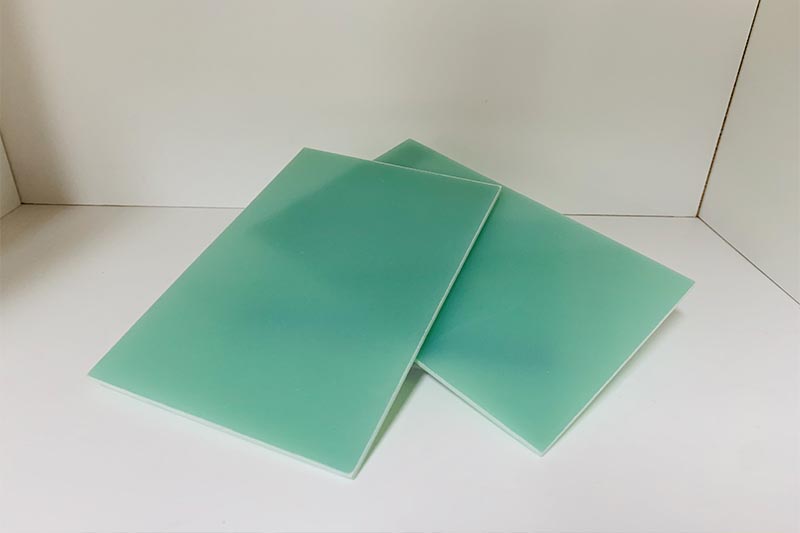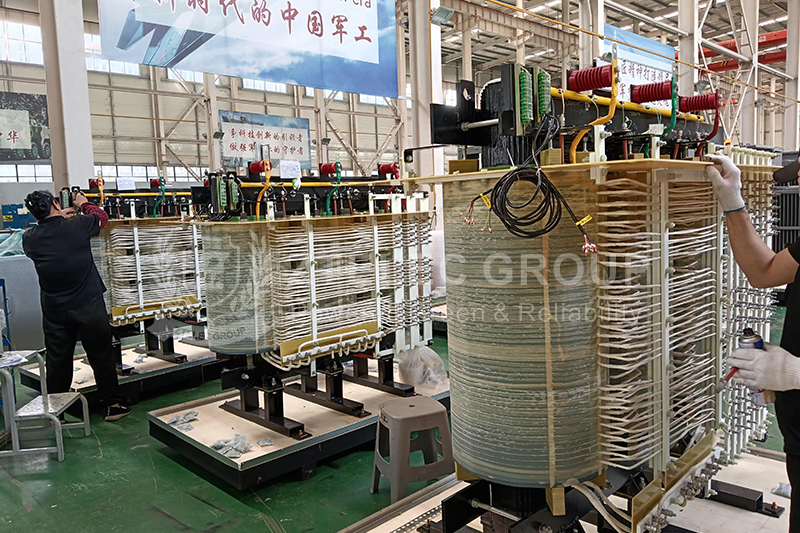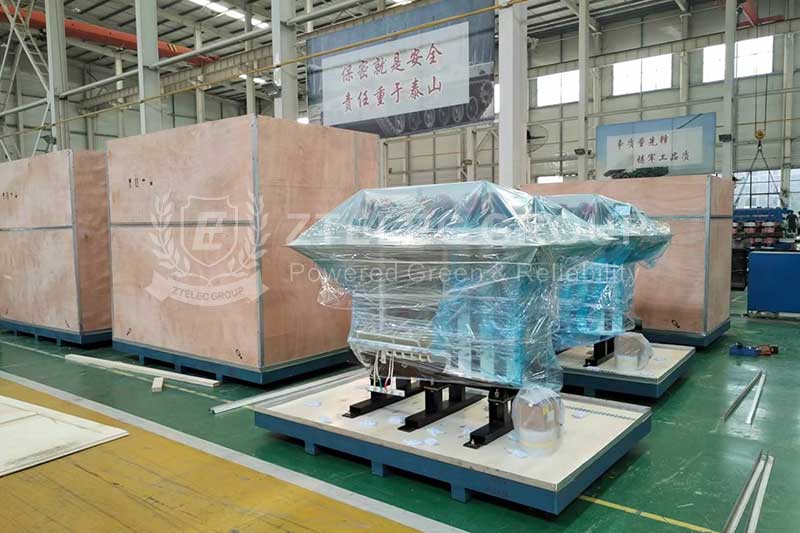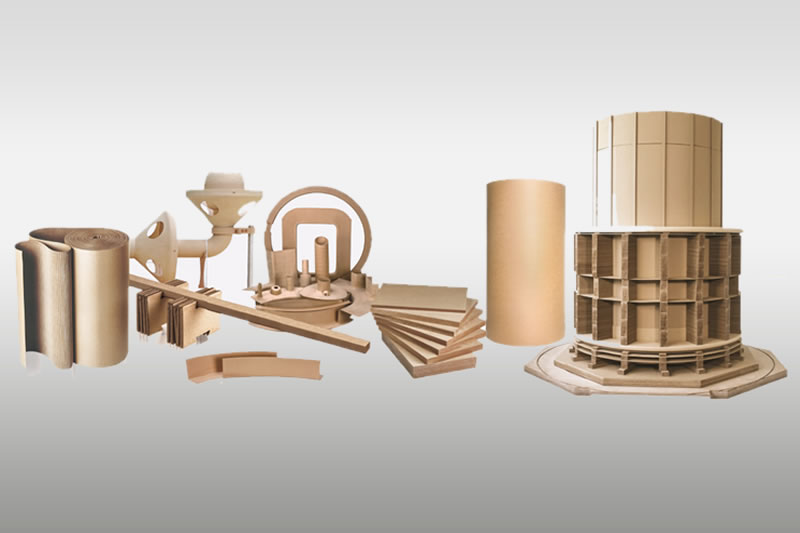FR4/G10 Epoxy Board in Gas-Insulated Switchgear (GIS) Circuit Breakers
In modern power systems, Gas-Insulated Switchgear is widely used due to its high reliability and compact structure. The circuit breaker is a core component of such equipment, and its performance directly affects the safety and stability of the power system. As a high-performance insulating material, FR4 epoxy board is an essential key component in circuit breakers.
A circuit breaker is an electrical switch that belongs to gas-insulated metal-enclosed switchgear (GIS). It is primarily used to protect circuits from damage caused by overcurrent, overload, or short circuits. When a protective relay detects a circuit fault, the circuit breaker promptly interrupts the current.
FR4/G10 epoxy board is made by bonding glass fiber cloth with epoxy resin, followed by heat and pressure treatment. The board exhibits strong mechanical properties in moderate-temperature environments and stable electrical properties in high-temperature environments. It is suitable for high-insulation structural components in mechanical, electrical, and electronic fields. It features excellent mechanical strength, dielectric performance, heat resistance, and moisture resistance.
Specifications:
Thickness: 0.5–50 mm
Standard size: 1020 mm × 1220 mm
Color: Water green
Thermal classification: Class B
High-temperature characteristics: FR4 epoxy board may deform at 180°C. It is generally not heated together with metal components, as this may cause deformation of metal plates.

Key Roles of FR4 Epoxy Board in GIS Circuit Breakers
Excellent Electrical Insulation
GIS circuit breakers typically use SF6 gas as the insulating medium. As a solid insulating material, FR4 epoxy board effectively separates high-voltage conductors, preventing arcing and short-circuit accidents. Its high dielectric strength ensures safe operation in high-voltage environments.
High Strength and Durability
Circuit breakers endure significant mechanical stress during operation. The high mechanical strength of FR4 epoxy board withstands these forces, ensuring long-term stability of components.
Heat Resistance and Performance Stability
FR4 epoxy board maintains its performance under high-temperature conditions. Its high glass transition temperature (Tg) allows it to withstand transient high temperatures that may occur during GIS circuit breaker operation.
Lightweight and Easy to Process
FR4 epoxy board is lighter than metal components and easy to machine into various shapes. This characteristic supports the precise structural design requirements of the internal parts of circuit breakers.
Application of FR4 Epoxy Board in GIS Circuit Breakers
1.Insulators and Supporting Structures
Post Insulators: FR4 epoxy board is primarily used to secure the fixed and moving contact systems as well as the conductive rods. This ensures that the insulators can withstand mechanical forces while providing electrical insulation.
Barrier Insulators: Used to separate the breaker’s gas chambers, performing both gas sealing and electrical isolation functions.
2.Arc Shields and Arc-Extinguishing Chamber Components
Arc Shields: FR4 epoxy board can divide long arcs, increase arc voltage, and accelerate arc extinction.
Arc-Extinguishing Chamber Components: Used to manufacture nozzles and guide parts, directing SF6 gas flow and improving arc-quenching performance.
3.Operating Mechanism Insulating Parts
Insulating Rods: These rods connect the operating mechanism to the moving contact. They transmit operating force while maintaining electrical insulation.
Mechanism Insulating Parts: Used as pads or bushings to isolate metal components at different potentials.
4.Sensor Mounting Substrates
FR4 epoxy board can serve as a mounting base for sensors such as current transformers (CTs) and voltage transformers (VTs). It provides a stable installation surface while minimizing electromagnetic interference.

Key Factors in Selecting FR4 Epoxy Board
The performance of FR4 epoxy board directly affects the safe operation and service life of circuit breakers. Users should consider the following points when selecting:
Thickness and Dimensions: Match the design requirements of the breaker to ensure sufficient structural support.
Voltage Withstand Level: The board’s dielectric strength should meet the rated voltage standard of the breaker.
Environmental Compatibility: Consider the humidity, temperature, and chemical exposure in the gas-insulated environment and select the appropriate grade of FR4 material.
FAQs
Q1: Is FR4 epoxy board suitable for ultra-high-voltage GIS equipment?
A1: Yes. By adjusting the resin formulation and glass fiber structure, FR4 epoxy board can meet the insulation requirements of ultra-high-voltage breakers.
Q2: What is the service life of FR4 epoxy board in GIS circuit breakers?
A2: Under normal operating conditions, the lifespan of FR4 epoxy board matches that of GIS equipment, typically exceeding 30 years.
Q3: Are there alternative materials to FR4?
A3: Other insulating materials such as SMC and DMC exist on the market, but FR4 offers superior overall performance and cost-effectiveness, making it the preferred choice for GIS circuit breakers.
As a core insulating material in gas-insulated switchgear circuit breakers, FR4 epoxy board combines excellent electrical insulation, high mechanical strength, and stable heat resistance. Proper selection and use of FR4 epoxy board can enhance the safety and reliability of circuit breakers, extend equipment lifespan, and reduce maintenance costs.
- more+releated article
- 2025-12-13How to Select and Use Phenolic Cloth-base Lami
- 2025-12-13How Much Does Bakelite Sheet Cost? 2025 Price
- 2025-12-13Why are most 3240 epoxy boards yellow?
- 2025-12-13What are the Main Applications of FR4 Epoxy Bo
- 2025-12-13Why Does the Price of Insulating Paperboard Va
- 2025-12-13Heat-Resistant DDP Insulation Paper
- 2025-12-13Comparison of Heat-Resistant DDP Insulating Pa
- 2025-12-13G10 and FR4 Epoxy Boards: Commonly Used for Ge
- 2025-12-13The Price of Heat-Resistant DDP Insulation Pap
- 2025-12-13How to Choose Epoxy Laminate Materials for Gen





